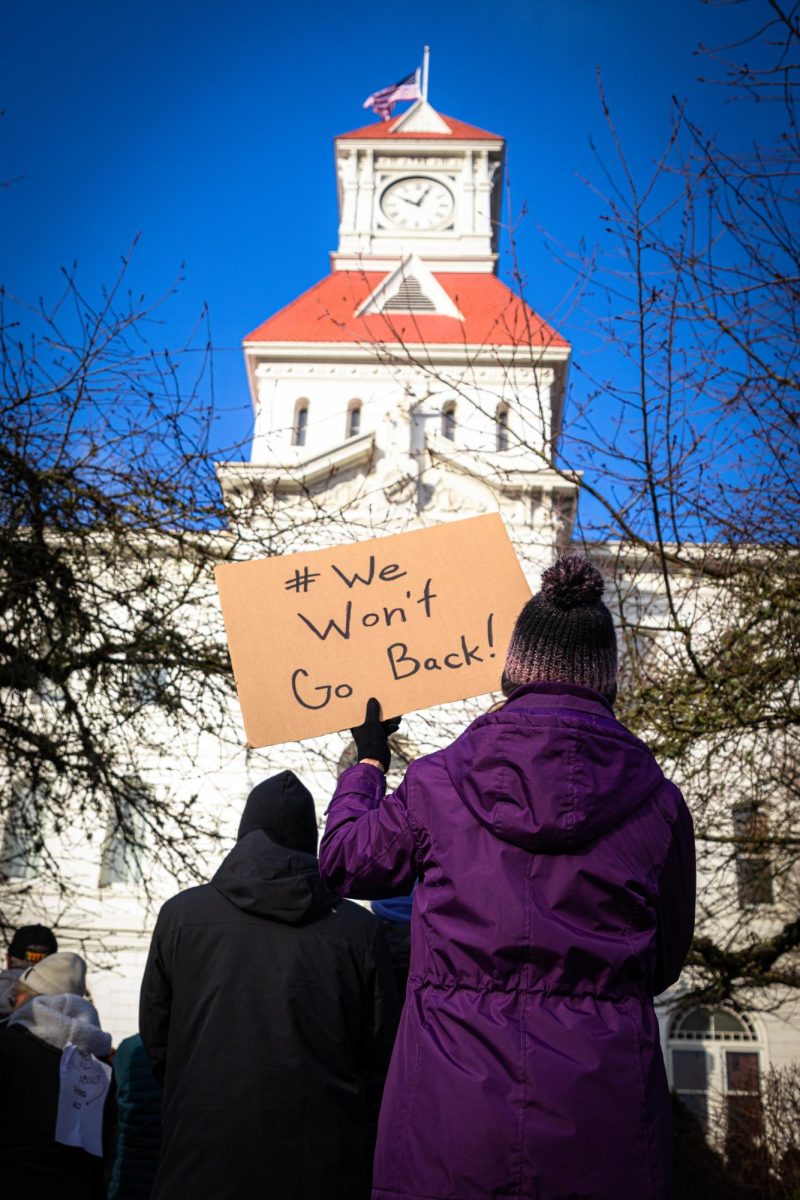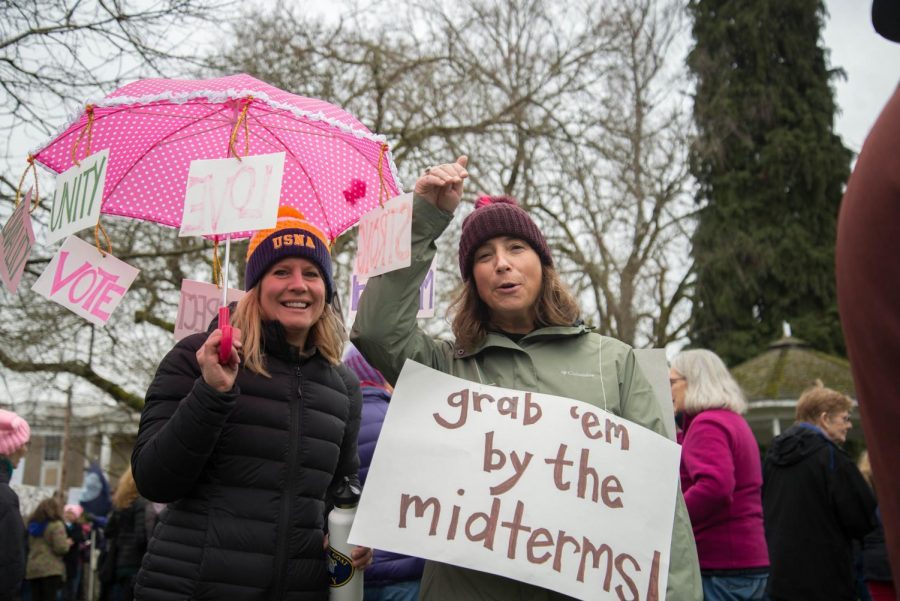Daarstad: Equal Rights Amendment is necessary
December 2, 2019
The Equal Rights Amendment is still needed.
All the progress towards equal rights between genders that has been made the past couple of decades, is not protected under the U.S. Constitution, which means that all the laws created can be reversed.
The ERA is an important amendment that should have been passed decades ago to protect equal rights.
Not only would the ERA solidify the progress the United States has made towards gender equality, but it could also be used as a legal defense.
New life has been brought to the ERA over the past few years due to a new wave of feminism as well as the #MeToo movement. States have slowly begun ratifying the amendment.
Nevada became the first state to ratify the ERA in 2017, after both expiration dates, followed by Illinois in 2018.
On election day, Nov. 5, Virginia Democrats won both the state Senate and House, bringing back the possibility of the ERA finally being ratified by 38 states. Virginia Democrats have spoken about finally ratifying the amendment, a goal of theirs.
While the ERA is finally getting the appreciation it deserves, it was not always accepted. When the Equal Rights Amendment was first introduced some women believed it would threaten their integrity.
The ERA was introduced back in 1923 by Alice Paul, an equal rights activist, to expand all rights to both genders with Oregon ratifying it on Feb. 8, 1973, a year after it passing in both the U.S. Senate and House of Representatives.
In the 1970s people believed the ERA would easily pass, however, due to the religious right, an alliance of conservative religious and republic groups, effectively organizing against it, and due to those roadblocks, the ERA has not been ratified by the needed number of states.
In order to ratify an amendment, the amendment must be passed by two thirds of the House of Representatives and the Senate and then it must be ratified by three-fourths of the states, 38 out of 50.
Phyllis Schlafy was one of the most known faces of those rallying against the ERA and formed a group called STOP ERA, Stop Taking Our Privileges Equal Rights Amendment, stating that the heterosexual world-order would collapse, morallity would disappear, women would become less femine and lose advantages given by marriage. Schlafy and the group argued that the amendment would require women to enter the military draft, end gender segregated public bathrooms, and more.
A lot of the arguments presented by Schlafy and her supporters were wrong. The arguments were used to create fear around the ERA and fear that women would ‘lose’ their morality.
These arguments presented by Schlafy created a ‘culture war’ which scared legislator from ratifying the amendment. Fast forward to the present, the ERA has passed two deadlines without being ratified.
With the new wave of feminism and the #MeToo movement, the ERA is back in political discussion and elections, bringing it new life.
Kelsey Kretschmer, a sociology professor at Oregon State University, said it’s not completely clear though how the amendment would be interpreted if it were ratified.
“It could be used to protect and expand reproductive rights and access because forcing people to stay pregnant against their will, for example, could be ruled unconstitutional. It could also be used to protect the rights and access of trans, intersex and non-binary people in public spaces,” said Kretschmer.
Though there is increasing support for the amendment, there is still a long legal road ahead, with some states attempting to appeal their original ratification and the original deadlines being expired.
“They will likely be required to stand by their original ratification but with a more conservative judiciary put in place by the Trump administration, it’s difficult to predict anything,” said Kretschmer.
The National Organization for Women has been a main proponent for the amendment, including one of their priority campaigns being the passing of a constitutional equality amendment.
Rita Bauer a member of NOW’s chapter in Oregon talked about NOW and the organization’s involvement with the ERA.
“We can and are protected in some situations by individual laws, but they can easily be overturned, go unfunded, or expire. If we want true equality and equal protection under the law, we need a constitutional amendment”, Bauer said.
The fight for gender equality has been long and strenuous and is still persistent today. The ERA would help provide constitutional protections for gender equality.
The Equal Rights Amendment is essential for gender equality, and should have been ratified decades ago. Although, fear resulted in the ERA failing to get the needed ratifications, hopefully Virginia will be the last state to pass this important amendment to the United States Constitution.
Equal rights for all genders should be protected under the constitution and it should not be taking this long for such an amendment to be ratified.



















































































![Newspaper clipping from February 25, 1970 in the Daily Barometer showing an article written by Bob Allen, past Barometer Editor. This article was written to spotlight both the student body’s lack of participation with student government at the time in conjunction with their class representatives response. [It’s important to note ASOSU was not structured identically to today’s standards, likely having a president on behalf of each class work together as one entity as opposed to one president representing all classes.]](https://dailybaro.orangemedianetwork.com/wp-content/uploads/2025/03/Screenshot-2025-03-12-1.00.42-PM-e1741811160853.png)























